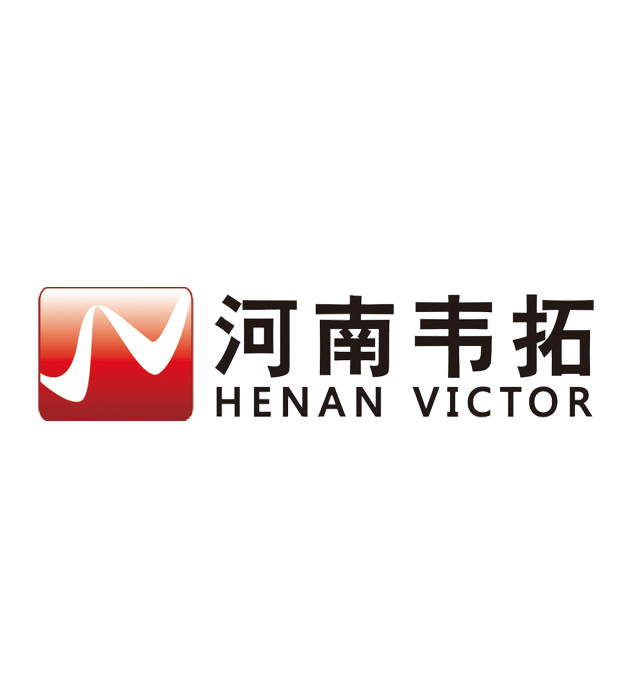- Sales@hnvictor.com
- +86-371-68509191
Alloy | Si | Fe | Cu | Mn | Mg | Cr | Zn | Ti | Al | Others |
2A14 | 0.6-1.2 | 0.7 | 3.9-4.8 | 0.4-1.0 | 0.4-0.8 | \ | ≤0.3 | ≤0.15 | Reminder | 0.1 |
2014 | 0.5-1.2 | 0.7 | 3.9-5.0 | 0.4-1.2 | 0.2-0.8 | 0.1 | 0.25 | 0.15 | Reminder | 0.15 |
2024 | 0.5 | 0.5 | 3.8-4.9 | 0.3-0.9 | 1.2-0.8 | 0.1 | 0.25 | 0.15 | Reminder | 0.1 |
5A06 | 0.4 | 0.4 | 0.1 | 0.5-0.8 | 5.8-6.8 | \ | ≤0.2 | 0.02-0.1 | Reminder | 0.1 |
6061 | 0.4-0.8 | 0.7 | 0.15-0.4 | 0.15 | 0.8-1.2 | 0.04-0.35 | 0.25 | 0.15 | Reminder | 0.15 |
7050 | 0.12 | 0.15 | 2.0-2.6 | 0.1 | 1.9-2.6 | 0.04 | 5.7-6.7 | 0.06 | Reminder | 0.15 |
7075 | 0.4 | 0.5 | 1.2-2.0 | 0.3 | 2.1-2.9 | 0.18-0.28 | 5.1-6.1 | 0.2 | Reminder | 0.15 |
Critical Components:
Engine parts: Turbine blades, fan disks, compressor rings.
Structural elements: Wing ribs, bulkheads, landing gear components.
Spacecraft: Rocket casings, satellite fittings.
Why Forged Aluminum?
Fatigue resistance and ability to withstand extreme temperatures.
Alloys like 7075 and 2024 meet stringent aerospace standards (e.g., AMS, ASTM).
Key Applications:
Powertrains: Pistons, connecting rods, transmission gears.
Chassis/Suspension: Control arms, steering knuckles, wheel hubs.
Electric Vehicles (EVs): Lightweight battery housings, motor mounts.
Advantages:
Weight reduction improves fuel efficiency and EV range.
High-strength alloys (e.g., 6061) enhance crash safety.
Wind Turbines:
Forged hubs, gears, and shafts for efficient energy transmission.
Hydroelectric Systems:
Turbine blades, valve components.
Solar Power:
Structural frames and mounting systems.
Heavy-Duty Applications:
Gears, couplings, hydraulic cylinders, press tools.
Mining equipment: Drill bits, conveyor parts.
Why Forged?
Superior wear resistance and load-bearing capacity.
High-Pressure Systems:
Valve bodies, drill collars, subsea connectors.
Corrosion-resistant parts for offshore platforms.
Alloys: 5083 for marine environments.
Components:
Propellers, ship fittings, mast bases.
Lightweight hull reinforcements.
Key Feature: Saltwater corrosion resistance.
Applications:
Surgical tools, prosthetic joints, MRI machine components.
Benefits:
Biocompatibility, sterilization capability, and precision.
Bicycle frames, golf club heads, camping gear.
High-performance cookware (e.g., forged aluminum pans).
Uses:
Lightweight structural beams, bridge components, scaffolding parts.
Earthquake-resistant building systems.
Key Advantages Driving Adoption
Lightweight: Reduces energy consumption in moving parts (e.g., vehicles, aircraft).
Strength: Handles dynamic loads and stress better than cast or machined parts.
Sustainability: Recyclable material aligns with green manufacturing trends.
Emerging Trends
Electric Vehicles (EVs): Increased demand for lightweight forged parts to extend battery range.
Additive Manufacturing Hybrids: Combining forging with 3D-printed preforms for complex geometries.
Space Exploration: Lightweight forged components for lunar/Mars rovers and spacecraft.
Aluminum forging products are foundational to modern engineering, enabling innovation in industries where performance, weight, and reliability are non-negotiable. From aerospace to EVs and renewable energy, their versatility continues to drive advancements in technology and sustainability.

Request a personalized quote for premium aluminum products tailored to your project needs at Henan Victor.